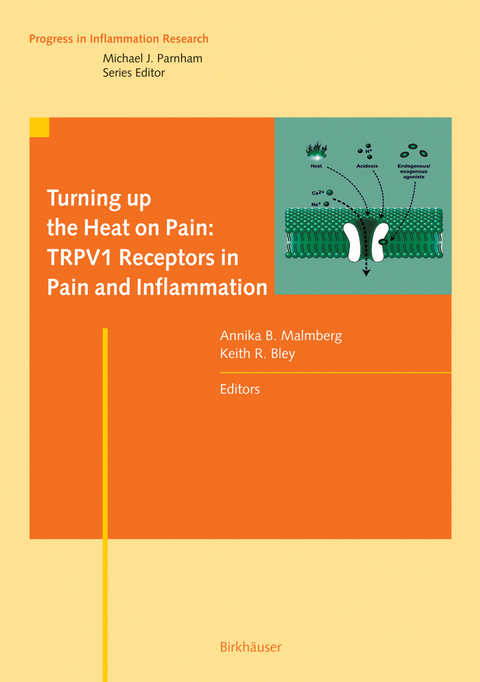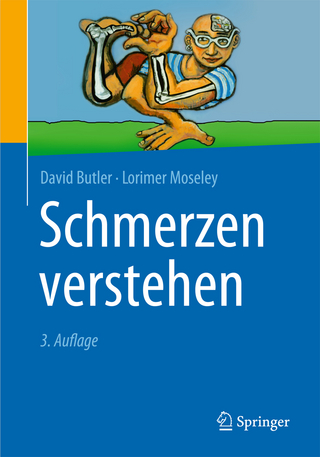
Turning up the Heat on Pain: TRPV1 Receptors in Pain and Inflammation
Springer Basel (Verlag)
978-3-7643-7080-0 (ISBN)
Historical perspective on capsaicin and its receptor.- Hot peppers, pain and analgesics.- Molecular and cellular properties of vanilloid receptors.- Structural determinants of TRPV1 functionality.- TRPV1 distribution and regulation.- Pharmacology and physiology of vanilloid receptors.- Insights into TRPV1 pharmacology provided by non-capsaicin ligands.- Endocannabinoids and vanilloid TRPV1 receptors.- Vanilloid receptor-mediated hyperalgesia and desensitization.- Capsaicin in human experimental pain models of skin, muscle and visceral sensitization.- Vanilloid receptor involvement in disease states.- TRPV1 in gut function, abdominal pain and functional bowel disorders.- TRPV1 in the airways.- Therapeutic potential of vanilloid agonists and antagonists.- TRPV1 agonist-based therapies: mechanism of action and clinical prospects.- TRPV1 agonist therapies in bladder diseases.- TRPV1 antagonists and chronic pain.
| Erscheint lt. Verlag | 15.8.2005 |
|---|---|
| Reihe/Serie | Progress in Inflammation Research |
| Zusatzinfo | XII, 249 p. |
| Verlagsort | Basel |
| Sprache | englisch |
| Gewicht | 755 g |
| Themenwelt | Medizin / Pharmazie ► Medizinische Fachgebiete ► Schmerztherapie |
| Schlagworte | Activation • analgesia • Analgesics • Bladder diseases • Cannabinoid • Capsaicin • Cation channel • Diseases • Drug • drug development • Entzündung • Hardcover, Softcover / Medizin/Klinische Fächer • HC/Medizin/Klinische Fächer • inflammation • lead • Muscle • neurons • Neuropathic pain • Pain • pharmacology • Physiology • Regulation • Schmerztherapie • Therapeutic potential • Treatment • TRPV1 |
| ISBN-10 | 3-7643-7080-7 / 3764370807 |
| ISBN-13 | 978-3-7643-7080-0 / 9783764370800 |
| Zustand | Neuware |
| Haben Sie eine Frage zum Produkt? |
aus dem Bereich


